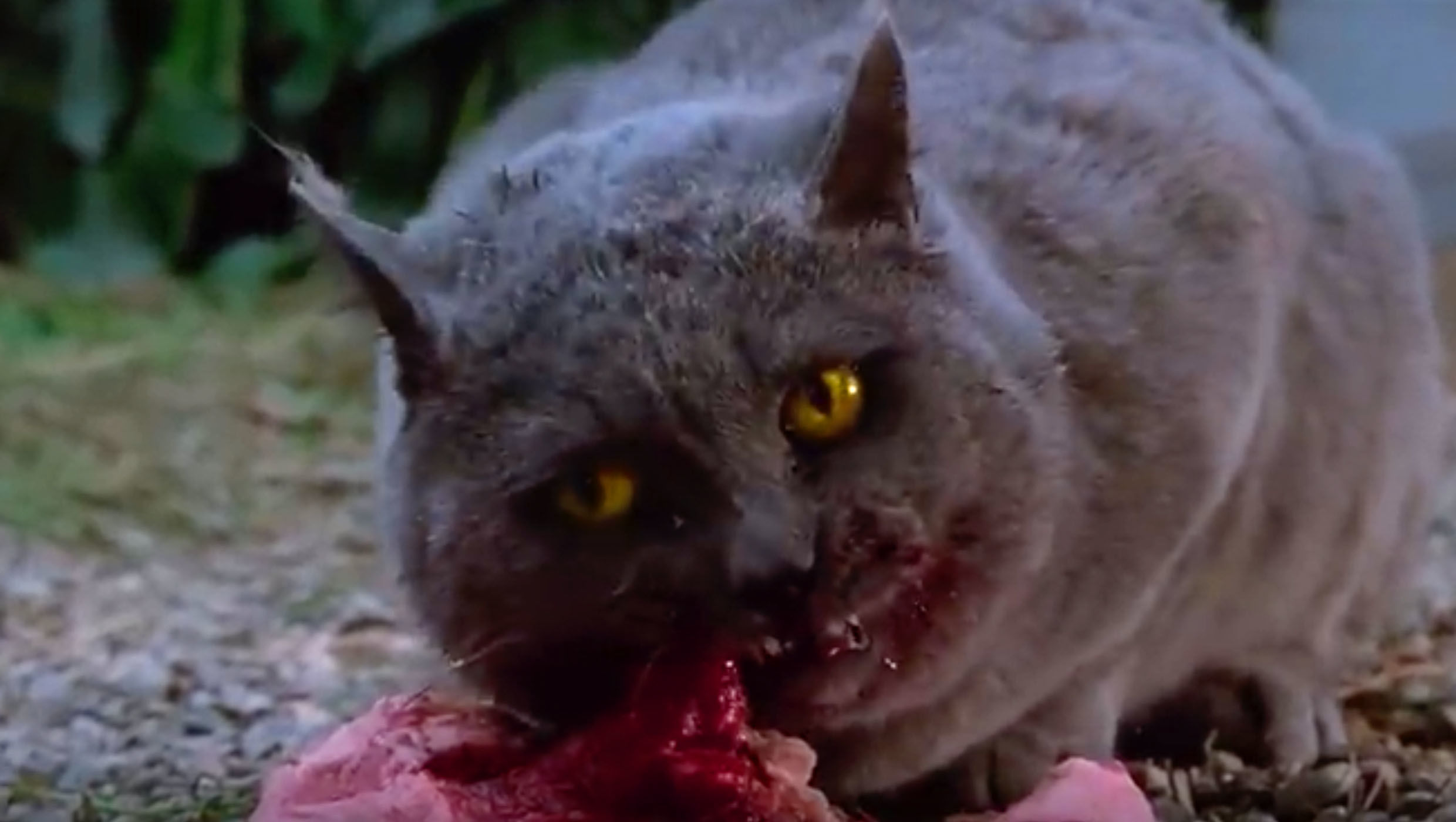Create a free profile to get unlimited access to exclusive videos, sweepstakes, and more!
Feral cats ate corpses in a research facility, so we can all have nightmares now

What if you were to die with your cat as the only witness, and your corpse was just hanging out undiscovered for a while? Would Fluffy find your flesh tempting until someone came for the body?
As grim as it sounds, Fluffy probably would feast on your remains, especially without anyone there to feed her, but it gets worse. Now cats have actually been caught in the act of eating human bodies. Feral cats recently managed to sneak into the Forensic Investigation Research Station in Whitewater, Colorado, twice and grab some fast food from the shoulders and arms of cadavers lying around. What makes this so shocking besides the my-pet-is-now-eating-me thing is that cats usually prefer hunting to scavenging.
Camera footage showed “preferential scavenging of the soft tissue of the shoulder and arm, differential consumption of tissue layers, superficial defects, and no macroscopic skeletal defects,” according to Sara Garcia, whose research team recently published a study in the Journal of Forensic Sciences.
Postmortem predation happens when creatures start consuming dead bodies. Some of these creepy crawlies are to be expected — like blowflies — but the thought of it being the same furry feline you sang “Soft Kitty” to is kind of unnerving. You probably wouldn’t expect this from any cat except the undead Church from Pet Sematary (above) if he had the opportunity. When you have some starving feral cats smelling death in a nearby research facility otherwise known as a body farm, something you never dreamed of could bare its teeth.
Body farms sound like they breed zombies, but are meant to study how human bodies (donated to science) decompose under just about every circumstance imaginable. It is with findings from such facilities that forensic science has advanced enough to solve some nearly impossible cases. Results even have uses in archaeology and anthropology. When you have a place where corpses are laid out to rot, even for science, you’re going to expect swarms of scavengers. The cats seemed to prefer fresh corpses. The bodies they were feasting on had been dead for two weeks and outside, unclothed, for five or six days.
What we can get out of this, besides nightmares, is a new way to look at unsolved cases. Scavenging can be mistaken for physical trauma and confuse scientists trying to determine the cause of death. It can also conceal physical trauma, which erases evidence and makes it that much more difficult to catch a perpetrator. Still, the thought of your cat gnawing on your face after you die is nightmare fuel.
“It all comes down to animals eating meat,” said mortician Catilin Doughty of the hit YouTube series Ask a Mortician, who was not involved in the study. “Like it or not, we are meat.”
(via Newsweek)


























